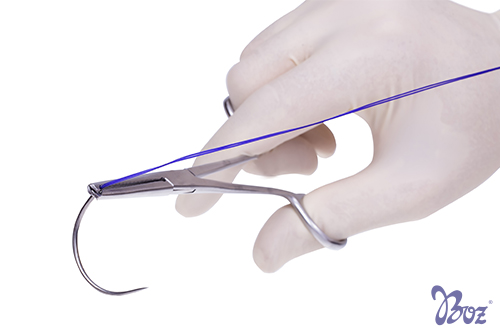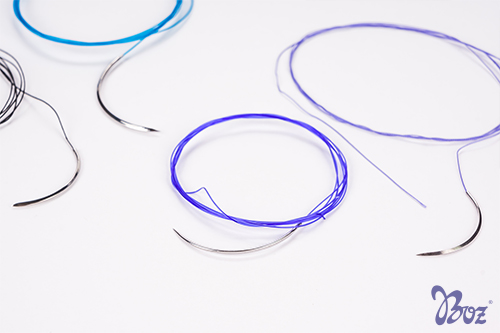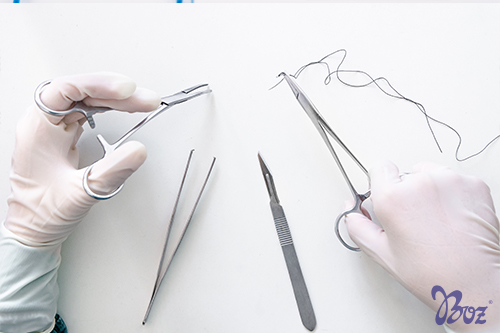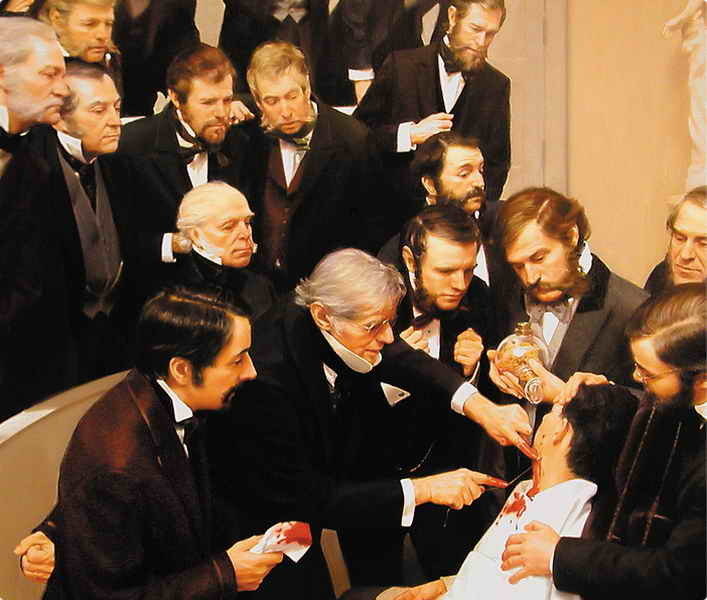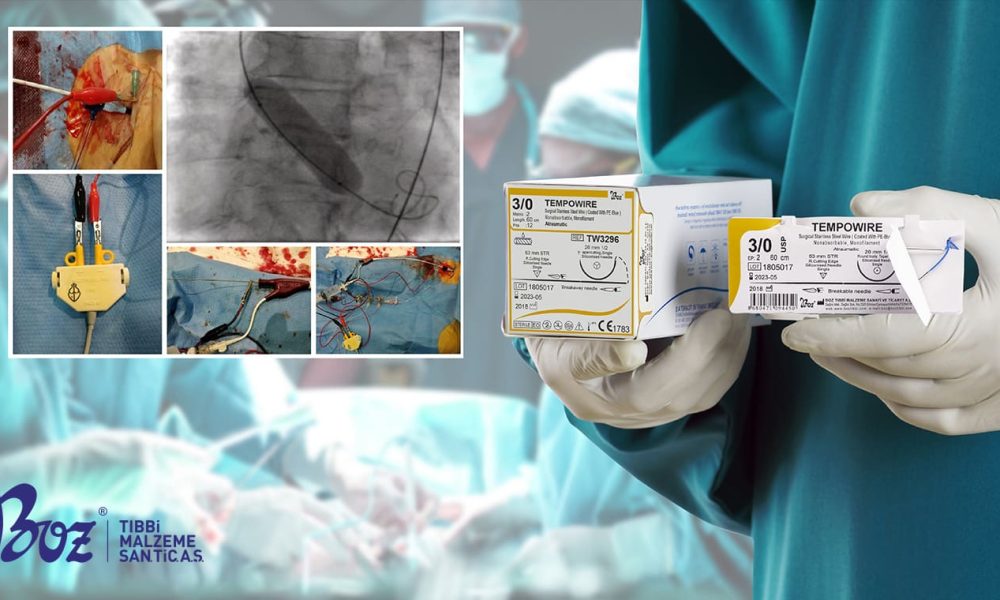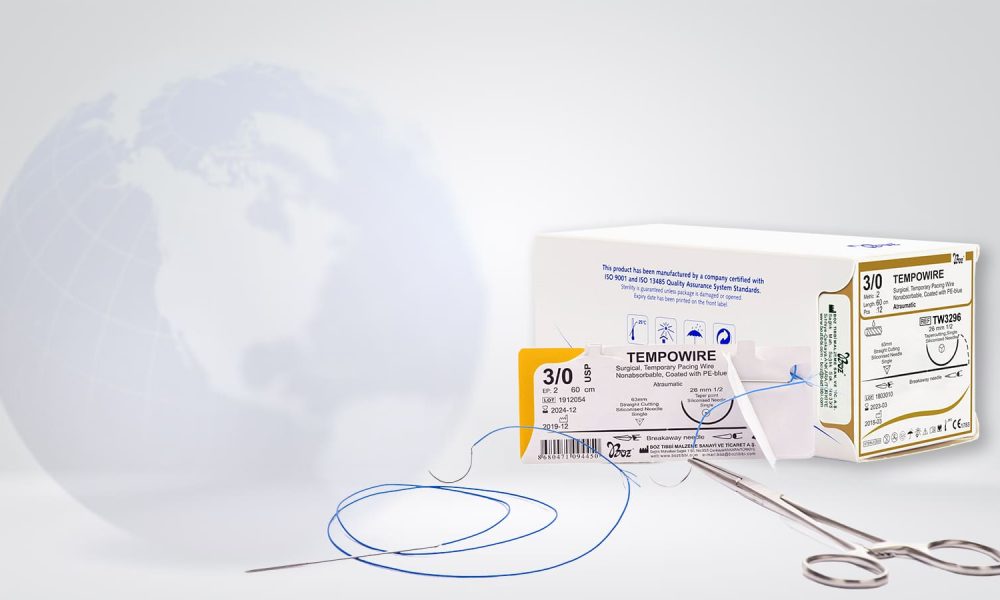Wound is the damaged anatomic integrity of a tissue due to any trauma. Applying the necessary treatment to stop the bleeding and to connect the damaged tissue date back to thousands of years ago. The development of surgical sutures in line with the developments of surgery in the history of medicine led the sutures to pass through different phases. In ancient ages, the deep wounds were sutured with plant materials such as linen, cotton, silk and animal tissues such as animal gut or skin, horse – pig hair, tendon and nerve to prevent bleeding and infection for wound healing. (2)
Historical Development of Surgical Sutures
Knowledge Base
We have edited the development of sutures which are used for wound closure/suturing over the centuries...
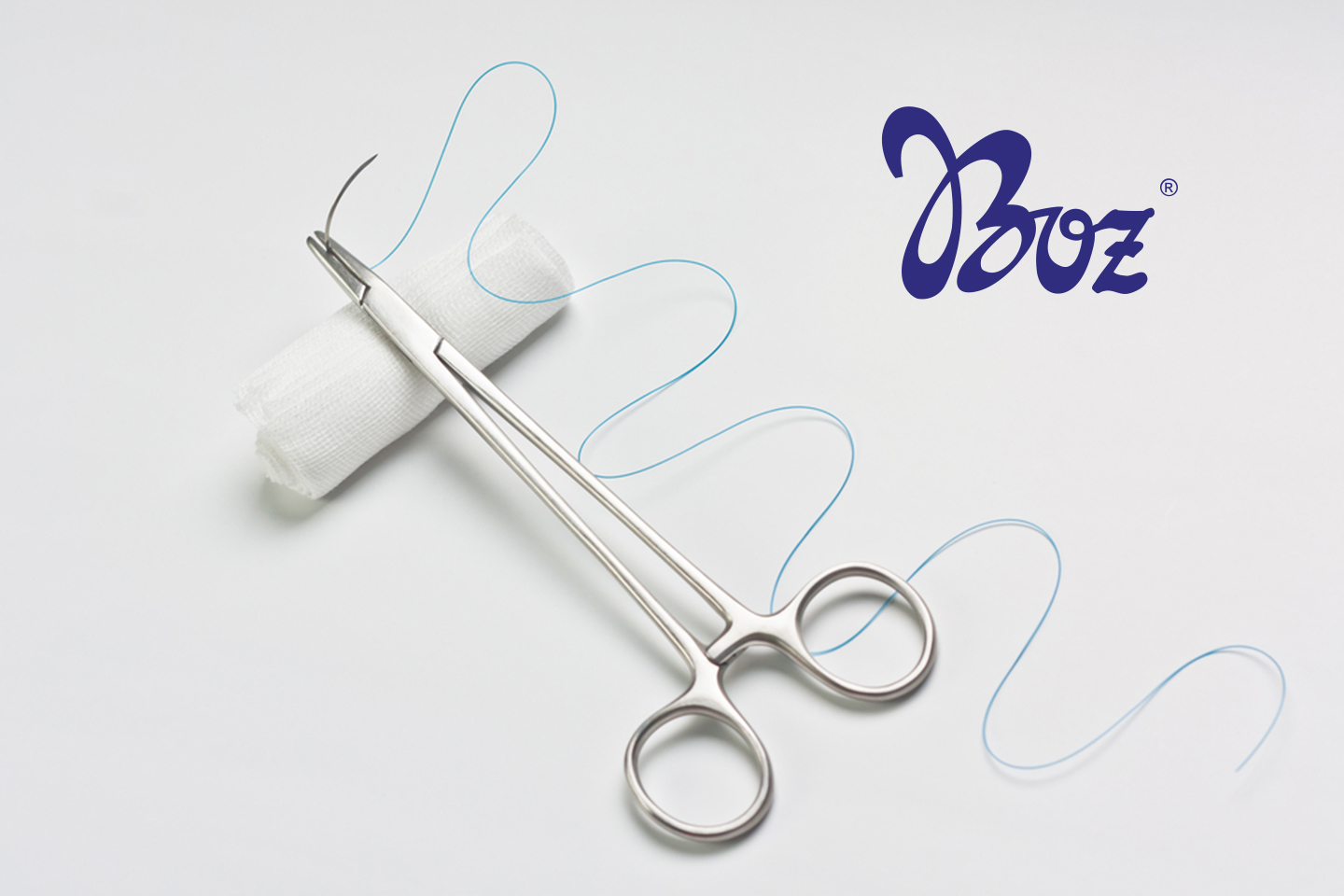
This surgical material called sutures in the modern medical literature has significantly developed from the old ages and still continues to develop with various research. The name suture for natural or synthetic materials comes from Latin and this term was first used by Hippocrates in 400 BC. (4) Today, synthetic materials are often preferred as a suture raw material. However, raw materials from organic polymers such as silk and catguts manufactured from animal mucosa are actively used for surgical suture manufactured for certain scenario.
First Period – The Oldest Surgical Document of The World: Edwin Smith Papyrus
Edwin Smith Surgical Papyrus which was discovered as a piece of a coursebook in ancient Egypt is recorded as the oldest surgical document. When this historical document in Egyptian hieroglyphs was investigated, it was found that the word structure dated to 1600 BC but the content dated to older times around 3000-2500 BC. This document mentioned methods to close the wounds with sutures and preventing the infection for the sutured wound. The cranial sutures (the fibrous tissue that connects the scalp bones) in this surgical document contain the first known explanations about the brain surface and cerebrospinal fluid. (9, 10)
The oldest and well-preserved sutures on the human body was found on a mummy of the 21st Egyptian Dynasty (around 1100 BC). The sutures were on the belly, knee and elbow of the mummy. (3) Societies from different cultures in the ancient period used such as horsehair, gut, dry tendon or hair, or gold and silver wires as suture material. (2,4,10)
Second Period – Adolescence of Medicine
There were important developments in surgery which became an occupation in the 18th century. This period from 1860s to 1930-50 was marked as the adolescence of medicine. The surgical methods developed in this period but the pain and ache during and after the surgery halted this advancement in the surgical field. For this reason, the pain issue was solved with surgical anaesthesia in 1840 which was considered as one of the greatest inventions of human history. But the infection problem required a long time to solve which was the 19th century when the modern surgery was born. Due to post-op infections, the sutures didn’t last and the patients mostly died from sepsis. (4,7,8)
Third Period – Modern Surgery
Anti-sepsis and asepsis technique developed in the second half of the 19th century which shaped the modern surgical methods in current form were considered as an important stage to eliminate the postop infection problem. The term anti-sepsis first used in 1750 by John Pringle which is defined as removing the pathogen microorganisms from the surgical operation area and “antiseptic surgical” method developed by Joseph Lister for the surgery led to important developments in wound treatment and suture material. (3,4,9)
From the beginning of the modern surgery until today which is referred as the third period, surgical sutures significantly developed. Further, R&D studies to create the ideal suture materials are ongoing. Boz Medical that has an important role in medical textile manufacturing in Turkey has the success and right product to be the first medical textile manufacturing firm in 1960s. The same success is visible for surgical suture manufacturing.
Bibliography
(1) Köşlü A. Yara iyileşmesinde tarihsel gelişmeler. Editörler: Erdem C, Çelebi CR. Tüm Yönleriyle Yara İyileşmesi. Ankara: Ayrıntı Matbaacılık, 1996;5: 1-7.
(2) Atıcı T., Atıcı E., Şahin N., “Geçmişten günümüze cerrahi dikiş ipliklerinin tarihsel gelişimi”. Ulusal Cerrahi Dergisi 2010; 26(4): 233-242
(3) Black JJ. A stitch in time-1. The history of sutures. Nurs Times 1982; 78: 619-623.
(4) Snyder CC. Sütürün tarihi üzerine. Plast Reconstruct Surg 1976; 58: 401- [DOI: 10.1097 / 00006534-197610000- 00001]
(5) Trier WC. Considerations in the choice of surgical needles. Surg Gynecol Obstet. 1979;149:84-94.
(6) Köhle Ü, Demir CY. Oftalmik Cerrahide Sütür Materyalleri. İnönü Üniversitesi Tıp Fakültesi Dergisi. 2003;10:217-21
(7) Dereli, T . “SÜTÜR MALZEMELERİ VE SÜTÜR TEKNİKLERİ”. Güncel Dermatoloji Dergisi 1 (2016 ): 24-33
(8) Edwin Smith Surgical Papyrus 1600 B.C. Page 38. The Medical Book: From Witch Doctors to Robot Surgeons, 250 Milestones in the History of Medicine. 2012
(9) Özdoğan, Mustafa. Edwin Smith Cerrahi Papirüs MÖ 1600 – En eski cerrahi belge “https://www.drozdogan.com/edwin-smith-cerrahi-papirus-mc-1600-en-eski-cerrahi-belge/ 15.02.2021”
(10) Feldmsn RP, Goodrich JT. The Edwin Smith sutgical papyrus. Child’s Nerv Syst 1999; 15: 281-284. [DOI:10.1007/s003810050395]
(11) Tarhan, Ömer Rıdvan. Cerrahinin Tarihçesi “https://www.drozdogan.com/edwin-smith-cerrahi-papirus-mc-1600-en-eski-cerrahi-belge/ 15.02.2021”

